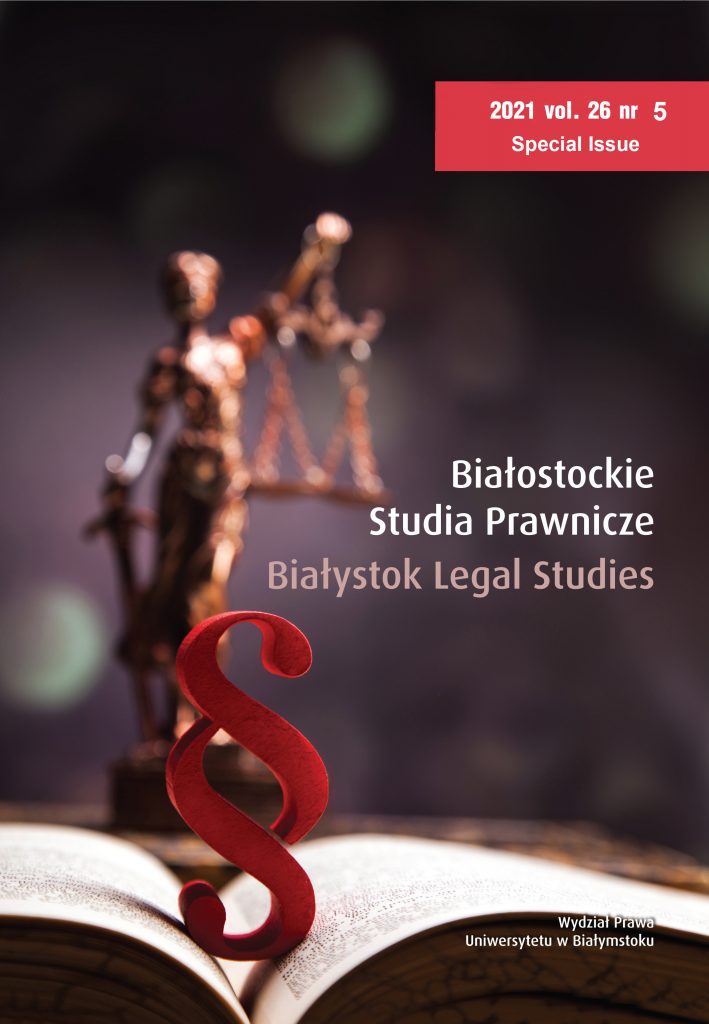Challenges of Customs Law during the Paradigm of “Facility and Security” in International Trade
Słowa kluczowe:
customs control, facilitation, paradigm, security, tradeAbstrakt
Changing conditions within international trade as well as the implementation of the facilitation and security paradigm have significantly impacted the structure of customs law. Both the SAFE Framework as well as the Trade Facilitation Agreement had indicated the need to maintain a balance between regulations introducing simplifications and those ensuring safety and security. One example of such a solution is the institution of the authorised economic operator (AEO), which grants those entities opportunities to take advantage of a number of simplifications, such as the filing of the simplified customs declaration, making entries in a registry, or performing self-assessments, but, at the same time, maintains the requirement of safety and security (through a detailed audit of the enterprise before AEO certification). However, by allowing authorised economic operators to perform self-assessment in respect of goods that have entered into the customs territory of the European Union and are to be released for trade, EU legislators have created significant challenges concerning the realm of safety and security, especially concerning the institution that is the most important within that area – that of customs controls. Despite all this, its importance to safety and security remains distinctive and may be seen in the emergence of new types of customs controls which concern only this particular sphere.Bibliografia
Behar A., Venables A. J., Transport Costs and International Trade, (in:) A. de Palma, R. Lindsey, E. Quinet, R. Vickerman (eds), Handbook of Transport Economics, Northampton 2011.
Czermińska M., Strategiczne działania usprawniające i zwiększające bezpieczeństwo w transgranicznym ruchu towarowym w Unii Europejskiej – elektroniczny system celny, “Studia i Prace Wydziału Nauk Ekonomicznych i Zarządzania” 2015, no. 4.
Czyżowcz W., Gafrikova V., Bezpieczeństwo ekonomiczne i ryzyko celne w przedsiębiorstwie działającym na międzynarodowym rynku towarowym, (in:) S. Wojciechowska-Filipek, J. Klepacki and A. Jackiewicz (eds) Przedsiębiorczość i zarządzanie w rozwoju ekonomicznym, “Przedsiębiorczość i Zarządzanie” 2017, Volume XVIII, no. 9, part II.
Danet M., A framework of standards to secure and facilitate global trade, https://www.porttechnology.org/wp-content/uploads/2019/05/PT25–15.pdf.
Gellert L., The entry summary declaration in the context of risk management, “Customs Scientific Journal” 2014, vol. 4, nо. 2.
Głodowska A., Liberalizacja handlu towarami przemysłowymi na forum wielostronnym GATT/WTO. Implikacje dla Polski, (in:) S. Wydymus, A. Hajdukiewicz (eds.) Liberalizacja handlu a protekcjonizm : korzyści i zagrożenia dla wymiany handlowej Polski, Warsaw 2015.
Gwardzińska E., Świadectwo AEO jako gwarant bezpieczeństwa usług celnych w międzynarodowym łańcuchu dostaw, (in:) K. Pieniak-Lendzion, T. Nowogródzka (eds.), Siedlce 2014.
Gwardzińska E., Laszuk M., Masłowska M., Michalski R., Prawo celne, Warsaw 2017.
http://www.wcoomd.org/en/topics/facilitation/instrument-and-tools/tools/safe_package.aspx.
https://www.cbsa-asfc.gc.ca/prog/csa-pad/menu-eng.html.
Kurowski L., Ruśkowski E., Sochacka-Krysiak H., Kontrola finansowa w sektorze publicznym, Warsaw 2000.
Lasiński-Sulecki K., Rudyk T., Śpiewak M., Tytuł III. Przepisy stosowane wobec towarów wprowadzonych na obszar celny Wspólnoty do czasu otrzymania przeznaczenia celnego, (in:) W. Morawski (ed.), Wspólnotowy Kodeks Celny. Komentarz, Warsaw 2007.
Laszuk M., Kontrola oparta na analizie ryzyka – wybrane problemy, “Monitor Prawa Celnego i Podatkowego” 2015, no. 5.
Laszuk M., Uwarunkowania kontroli celnej w multicentrycznym systemie prawa, Warsaw 2019.
Liu J., Tan Y., Hulstijn J., IT Enabled Risk Management for Taxation and Customs: The Case of AEO Assessment in the Netherlands, (in:) M. A. Wimmer, H. J. Scholl, M. Janssen, R. Traunmuller (eds), Electronic Government 8th International Conference, EGOV 2009.10.1007/978-3-642-03516-6_32
Messerlin P. A., Zarrouk J., Trade facilitation: Technical regulations and customs procedures, “World Economy” 2000, vol. 23, no. 4.10.1111/1467-9701.00291
Portugal-Perez A., Wilson J. S., Why trade facilitation matters to Africa, “World Trade Review” 2009, vol. 8, no. 3.10.1017/S147474560900439X
Wilson J., Mann C. and Otsuki T., Trade Facilitation and Economic Development: Measuring the Impact, The World Bank, Washington 2003.10.1596/1813-9450-2988
Wolffgang H. M., Dallimore C., The World Customs Organization and its role in the system of world trade: an overview, “European Yearbook of International Economic Law” 2012, vol. 3.
WTO, Trade Facilitation Agreement (TFA), https://www.wto.org/english/tratop_e/tradfa_e/tradfa_e.htm.
Zysk W., Umowa Trade Facilitation Agrement (TFA) szansą rozwoju eksportu produktów fair trade, “Studia i Prace WNEIZ” 2018, no. 53.10.18276/sip.2018.53/2-07



